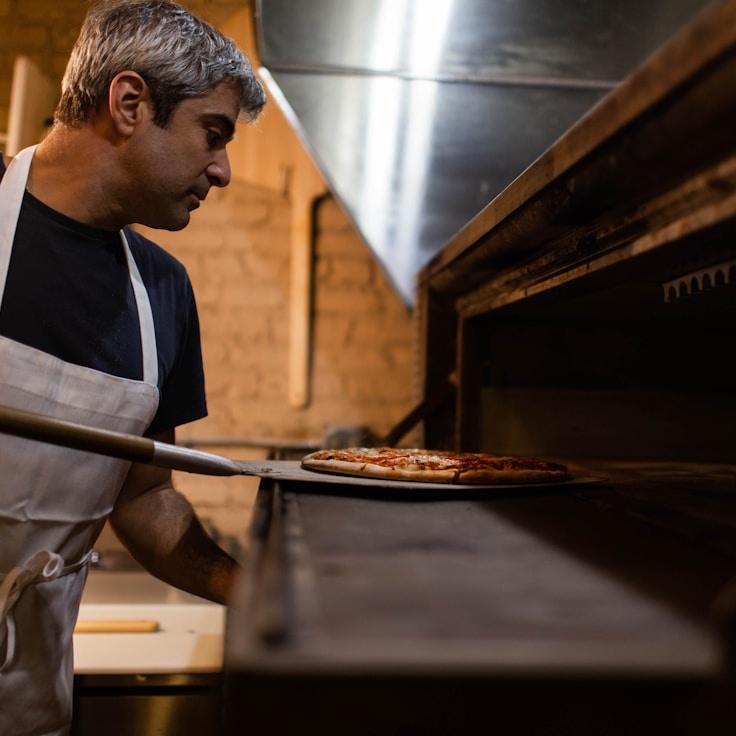At PaperSummitStream, the creation of an extraordinary pizza begins with top-notch dough. Having honed our dough recipe for over 30 years, we're thrilled to offer a glimpse into our dough perfecting secrets. We keep our exact recipe confidential (certain traditions remain private!), but these guidelines should assist you in achieving pizzeria-caliber pizza dough in your kitchen.
Choosing the Right Flour
A critical ingredient for remarkable pizza dough is premium flour. Our suggestion is 00 flour, a finely milled Italian variety with a moderate protein percentage (typically around 12%), achieving an ideal mix of elasticity and softness. If 00 flour eludes you, bread flour serves as a feasible alternative, with a marginally altered texture.
Optimal Water Temperature and Dough Hydration
The temperature of the water you use can significantly impact dough fermentation and formation. For prolonged fermentation (which brings out a richer taste), opt for chilled water at about 45°F (7°C). If you're aiming for a swifter fermentation process, then lukewarm water around 85°F (29°C) is your best bet. The hydration level, which is the water to flour ratio, ought to remain within 60-70% for conventional home ovens.
Yeast and Time: A Delicate Balance
A critical secret to tasty dough lies in using a minimal amount of yeast and devoting ample time to fermentation. A mere 0.2% fresh yeast by the flour's weight, fermenting from 24 to 48 hours, is what we use. This extended fermentation time cultivates intricate flavor profiles and results in dough that's more easily digested.
Salt's Multifaceted Role
More than just adding taste, salt reinforces the gluten matrix and moderates fermentation. We endorse utilizing fine sea salt, constituting 2.5-3% of the flour's weight. Integrate it after mixing some flour and water to avoid direct yeast contact, which could hamper its activity.
The Fermentation Process
Subsequent to combining the ingredients, let your dough undergo bulk fermentation at an ambient temperature for a couple of hours, then partition it into individual portions. Secure these pieces in lidded containers and refrigerate for anywhere from 24 to 72 hours. It's during this cold fermentation period that the real transformation happens—enzymes are at work turning starches into sugars which not only enhance flavor but also contribute to the golden-brown tint of our crusts.
Gentle Dough Handling
Prior to pizza construction, extract the dough from the chiller 1 to 2 hours earlier to let it return to temperature. Handing the dough delicately is crucial to maintain the air bubbles that formed during fermentation. Rather than rolling it out, gently press and stretch the dough using your fingertips to protect those valuable air pockets.
Applying Adequate Heat
Although our ovens achieve a roaring 850°F (454°C), most residential ovens peak at around 550°F (288°C). To bridge this gap, preheat a pizza stone or steel for a minimum of one hour. This technique delivers the intense bottom heat required for a crispy shell and a fluffy interior.
Perfecting pizza dough represents more of a rewarding pathway than a fixed goal. Every dough batch is an opportunity to learn more about the craft. Take notes, tweak parameters, and explore the ideal conditions for your home's baking environment.
To witness the dough-making process firsthand, attend one of our monthly pizza workshops where Chef Julian will walk through these techniques meticulously. For upcoming dates, see our event schedule!

